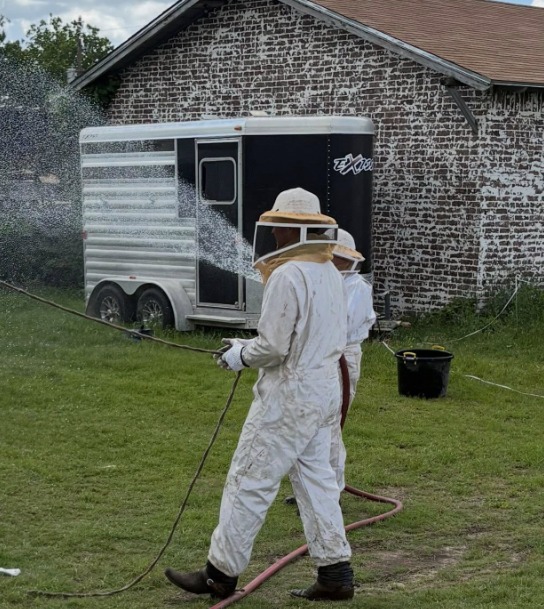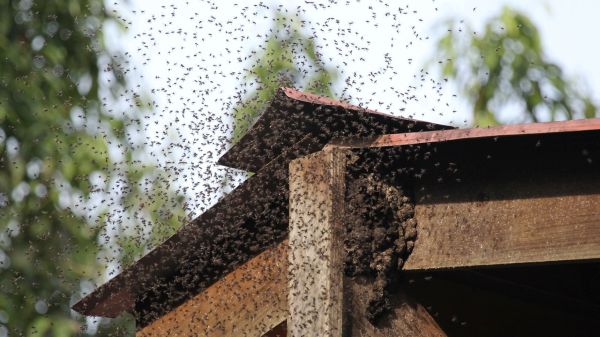paykwik al
online sportwetten
paykasa
paykwik
online sportwetten
paykasa
Three Beloved Rodeo Horses Killed in Bee Attack; Owners Stung, Comanche VFD Says
See the entire story published May 13, 2025 by Danika Young of KWTK, as well as video:
Africanized Honey Bees – from Utah State University
November 2010
Erin W. Hodgson, Extension Entomology Specialist (No longer at USU) • Cory A. Stanley, CAPS Coordinator • Alan H. Roe, Insect Diagnostician (No longer at USU) • Danielle Downey, Entomologist, State Apiarist
Do You Know?
- Africanized honey bees, sometimes called “killer bees,” were detected in Utah for the first time in 2008.
- These bees are more aggressive and will defend the nest in greater numbers compared to domesticated honey bees in the United States; their sting is not more painful or venomous than other honey bees.
- Although Africanized honey bees are feared by the public, very few people are actually attacked each year.
The reason attacks like that experienced by the rodeo family this week in Comanche, Texas, was so horrific was in part due to sheer numbers. See below:
- Africanized honey bees are more likely to nest in small locations, like water meter boxes, cement blocks, old tires and grills. Colonies are more likely to nest underground and migrate for food.
- The colony dedicates more members to “guard” the nest and deploys greater numbers for defense when threatened. For example, a European honey bee colony may send out 10 soldiers to defend against a potential intruder, while Africanized honey bees may send out more than 1,000 soldiers.
Read the complete USU article:












